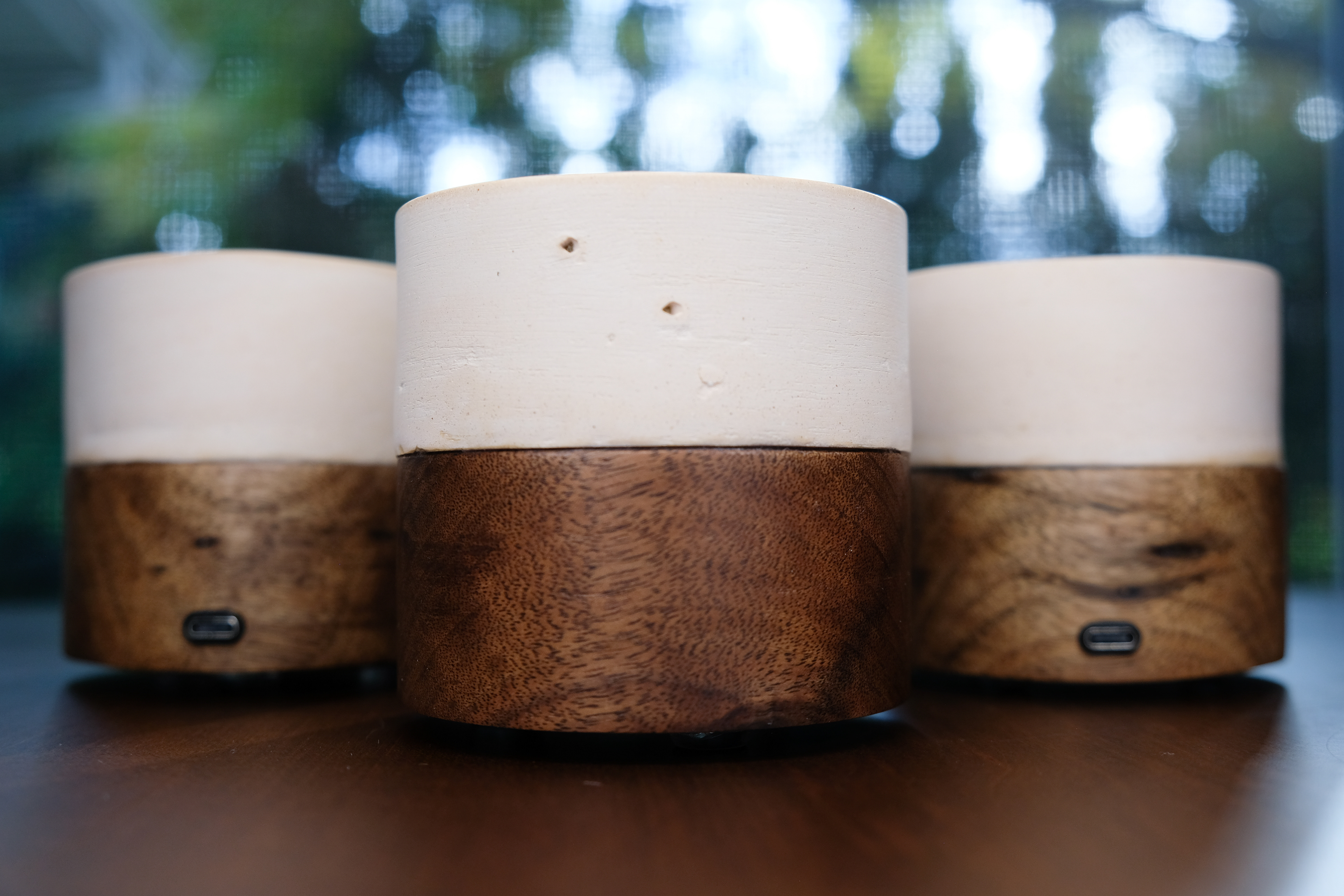
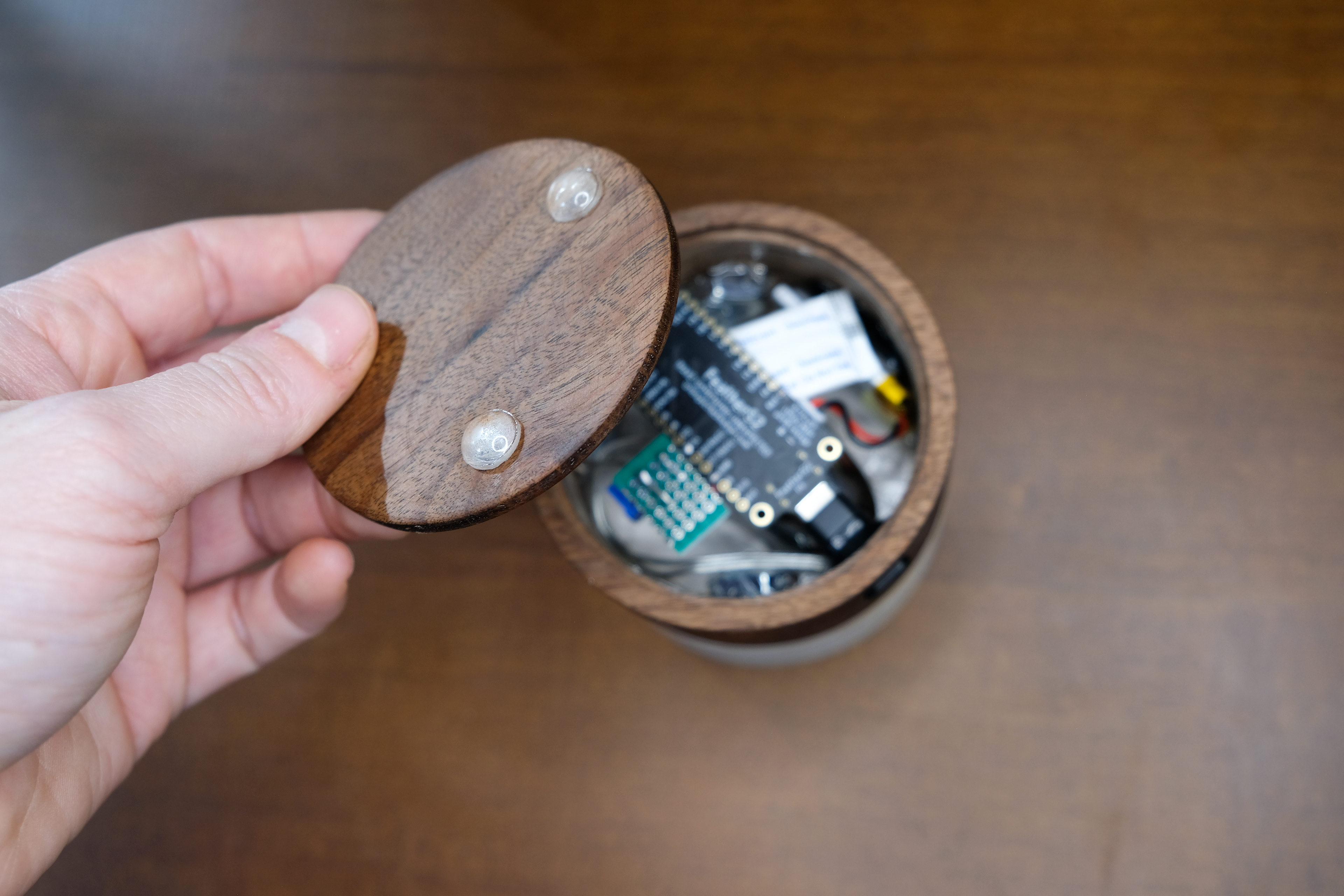
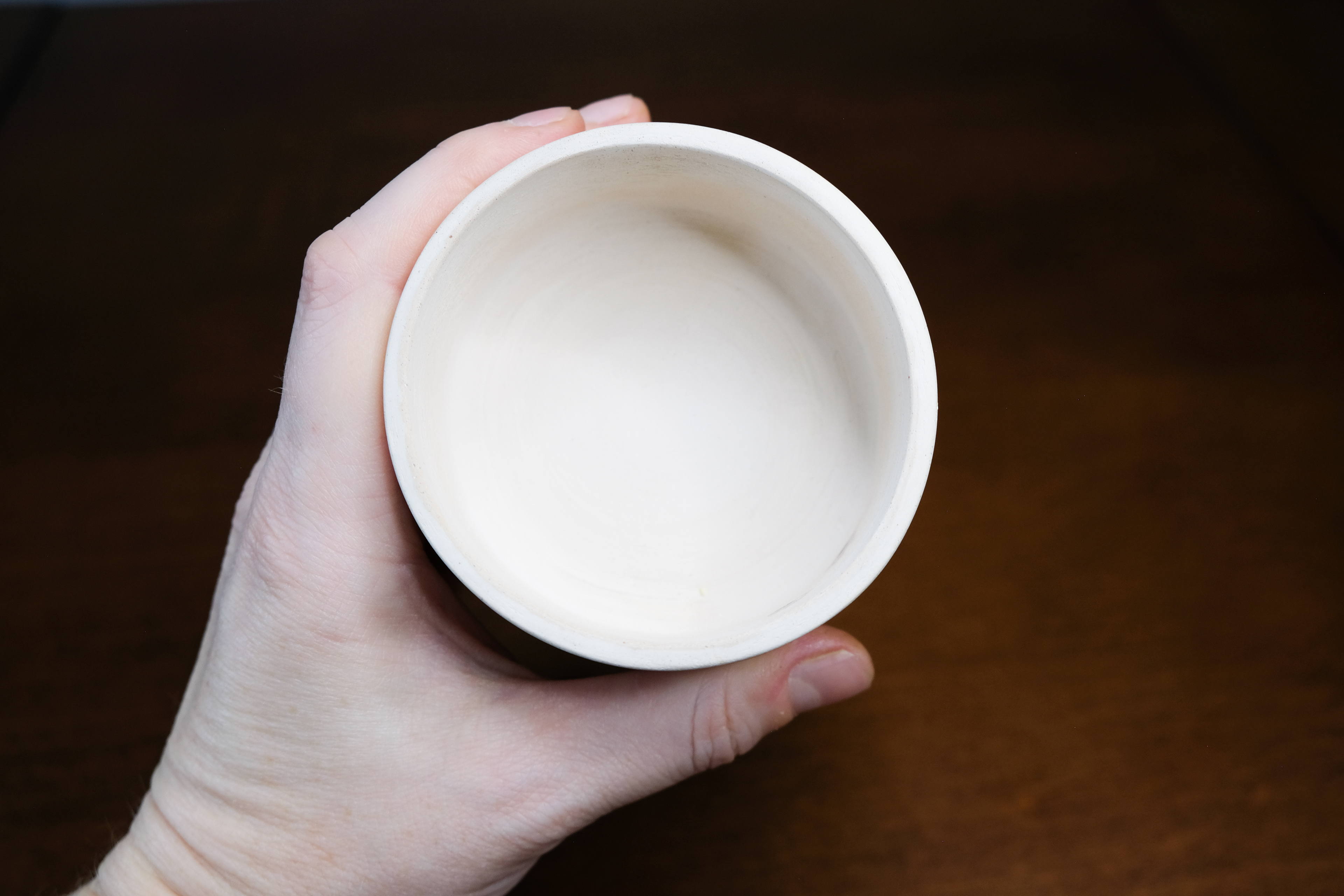
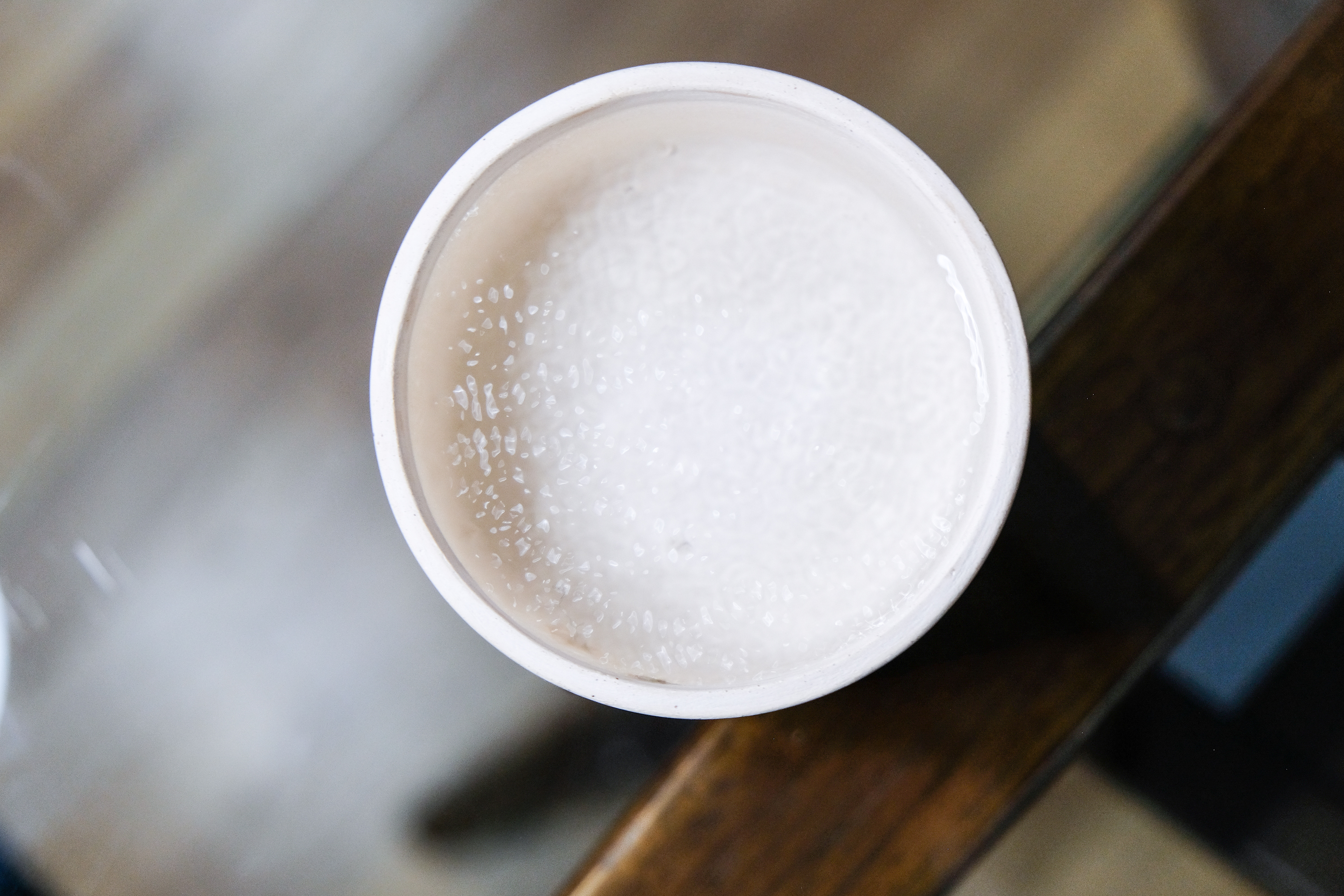
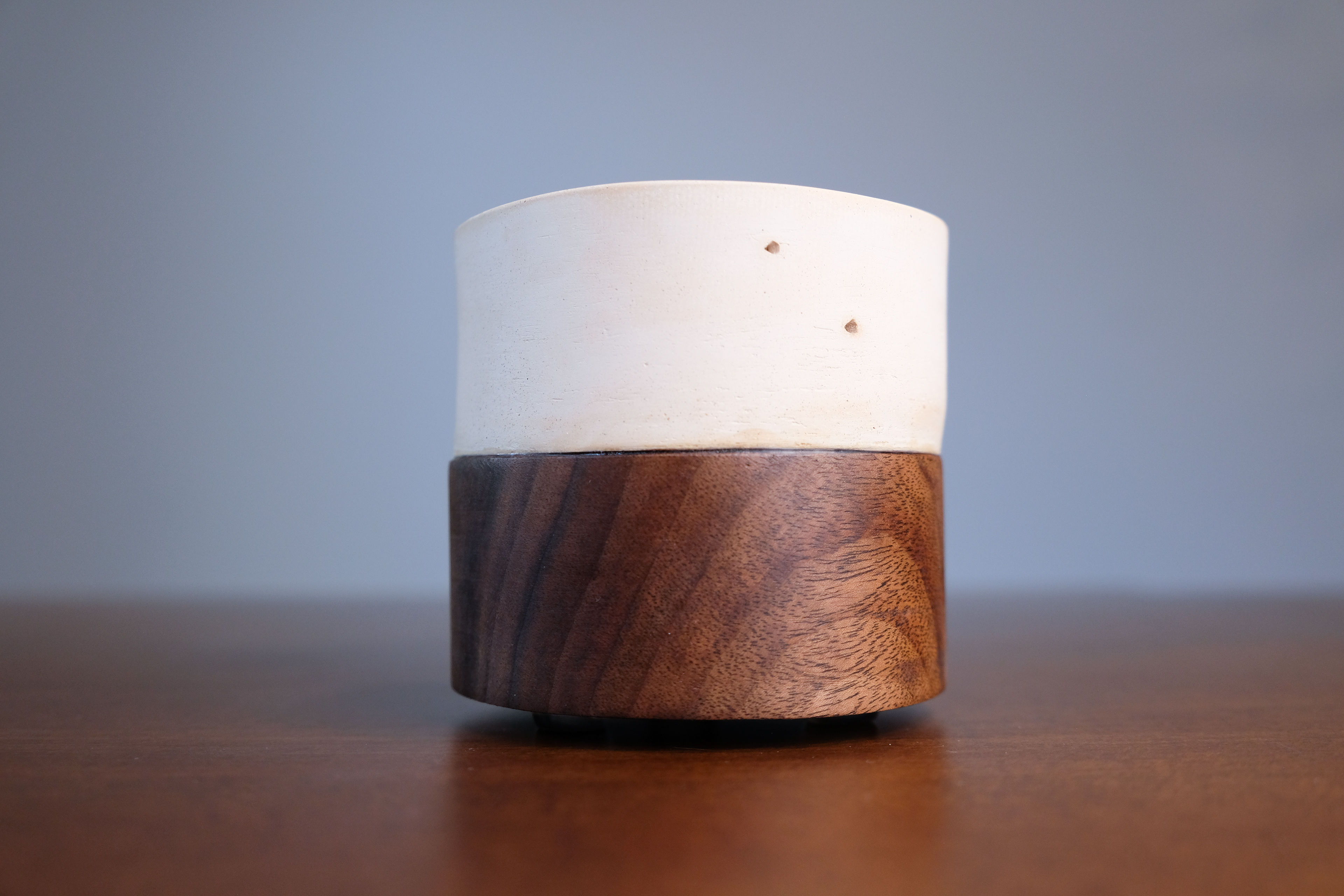
What if home IoT was more like water? What if their cycles were more like hydrocycles rather than productionist cycles? What if it followed a hydrologic rather than a technologic? What if home IoT trickled, flowed, pooled, traversed, eroded, evaporated, poured, flushed, was consumed, or stagnated?
By using water as a metaphor, a fractal, a concrete example of a dynamic alterity within us, around us, and beyond us which operates on a non-human timescale, how might we open up different conceptions and experiences with others and their temporalities? If we decenter humans and human dominant timescapes from our conceptions of life “as well as possible” (Fisher and Tronto) what kinds of new futures might we imagine which make room for not-just-humans to survive and flourish? The goal of this project is to poke a tiny hole in the everyday anthropocentric temporalities of technoscientific futurity using what Maria Puig de la Bellacassa calls “the recalcitrance of the temporality of care to productionist rhythms.” To do this, I build some leaky cups.
We can borrow Barbara Adam’s idea of timescapes as mental models to think in epochal time, in terms of their everyday actualization, resistances, and contradictions. How might we physically materialize timescapes of our own based on waters? How can we expose and pose questions with a research artifact around these resistances, and contradictions?
To focus this inquiry of speculative care relations to time and ecology, we embraced the inherent liminality of home as a sort of ecotone between our bodies and our bodies of water. After all, few things are more planetary and more intimate than our bodies of water. According to Astrida Neiman, “water connects the human scale to other scales of life, both unfathomable and imperceptible. In this act of ingestion, we come into contact with all of our companion species that inhabit the watershed from which the water was drawn-book lice, swamp cabbage, freshwater mussels. But we connect with the sedimentation tanks, and rapid-mix flocculators that make that water drinkable, and the reservoir, and the rain clouds too. Hypersea extends to include not only terrestrial flora and fauna but also technological, meteorological, and geophysical bodies of water.” If time is a way to experience and embody ecological alterity (safeguarding plurality) then I suggest we focus on this watery alterity.
The cups are a porous terracotta ceramic with a walnut base housing a microcontroller, motor, and battery. Holes in the ceramic cup use water’s natural surface tension to hold the water in. Incoming data from the USGS on the current and historic flow rate of the participant’s local watershed vibrates the cup causing wave patterns which break the surface tension and make the cup leak.
Each cup is connected to a watershed's hydrologic unit within Washington State. Using Wi-fi, each cup receives data on the flow rate or “discharge” from station. Watersheds in this area date back to when the shape of the land was forming as the Puget Lobe of the Cordilleran Glacier retreated past the entrance to the Strait of Juan de Fuca about 14,900 years ago. Flow, or discharge rates directly affect the physical, chemical, and thermal structures of stream and river ecosystems—everything from reshaping habitats to microbial activity to nutrient cycling. Factors like precipitation, groundwater supply, soil type, and vegetation can all have significant effects. As can dam installation, water diversion, urban development, groundwater withdrawals, or other human-centered land-use practices.
The USGS has been collecting publicly available data on the three watersheds represented in the study for 30+ years. When the cup recieves the latest discharge data for a watershed it will activate in relation to that value, however it will be preceded by the discharge at the same time and date 30 years ago. The first buzz and potential leak is the historic value and the second buzz and potential leak is the real-time value.
This project has received funding from the European Union’s Horizon 2020 research and innovation programme under the Marie Skłodowska-Curie grant agreement No 813508.
Publication
Check back soon. This study is currently ongoing.